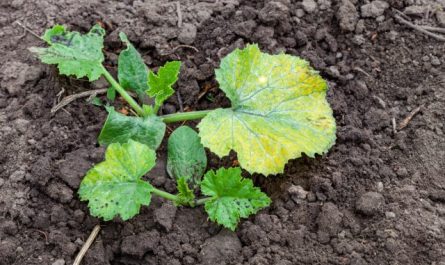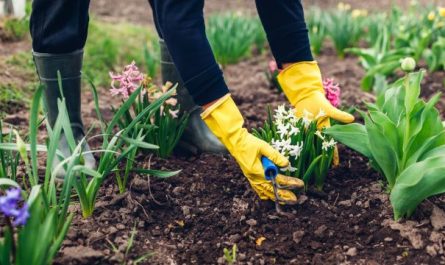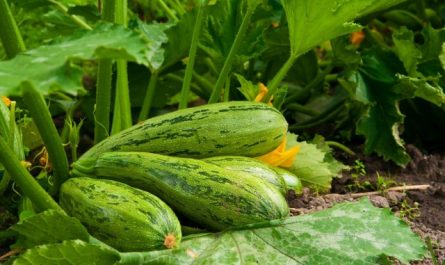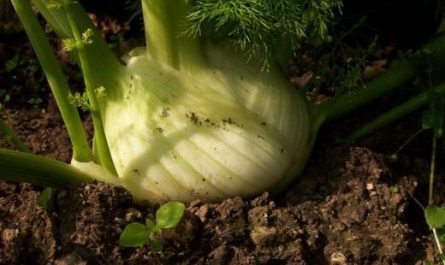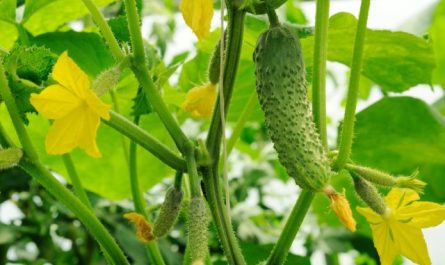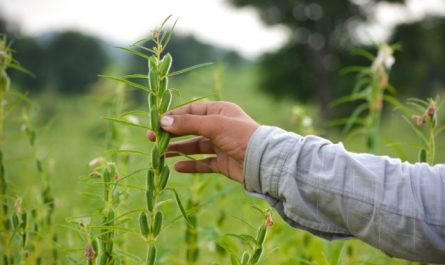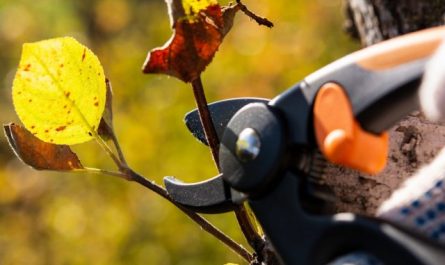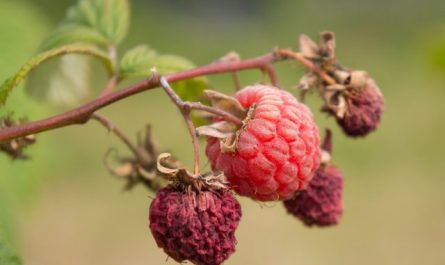Has the snow already melted and the first warm days are here? Run to plant radishes. True, in open ground seeds begin to be sown in May, but in greenhouses it is already time to sow our favorite unpretentious vegetable. Radishes will delight you almost the entire season if you are not lazy and plant new beds at intervals of 1-2 weeks.

© littlepomegranate
When choosing seeds, it is very important to consider the variety (early or summer). If possible, choose early-ripening varieties. Do not buy old radish seeds, because they may not sprout at all, and never buy ready-made seedlings, as radish seedlings almost never take root. If you want radishes to always be on your table, you should buy a sufficient number of seeds of early and mid-season varieties to sow for four weeks at intervals of seven days.

© rightee
Now let’s focus on choosing a place for the bed. In the spring, it is better to sow radishes in a sunny area, but in the summer – in partial shade. The soil should be drained, rich in humus, light. For fertilizer, use humus. If you do not want your fruits to be affected by cabbage fly larvae, you should add wood ash to the soil in early spring.

© laura padgett
Sowing and caring for radishes is not too difficult, because it is considered an unpretentious vegetable for good reason. If manure has not been added to the soil beforehand, spread a thin layer of well-rotted compost over the surface of the bed. Dig the soil with a pitchfork, pay attention to whether it is sufficiently drained, and develop the surface with a rake. Sow the seeds at a depth of 1 cm. In this case, the infusion between seeds should be about 2-3 cm, and between the beds – 15-20 cm. If you sow summer varieties, then remember that they are not thinned out, and the distance between plants should be from 2 to 5-10 cm. Radishes are watered as needed. In addition, it is necessary to regularly loosen the soil and weed out the weeds. To protect radishes from slugs, they are mulched with straw. It is very important to harvest radishes on time, because overgrown they become very fibrous. In addition to the fruits, the leaves of young plants can also be eaten – they are often added to salads and soups.

© St Peter’s Community News
Radishes can also be used to mark out beds for slow-growing plants, such as carrots and parsnips. They sprout quickly, marking the seeding spots, and ripen before the main crop planted nearby needs more space to grow. Radishes can also be used to compact crops, and to teach children how to grow vegetables.
